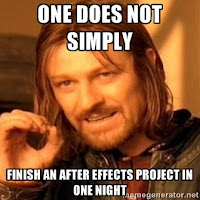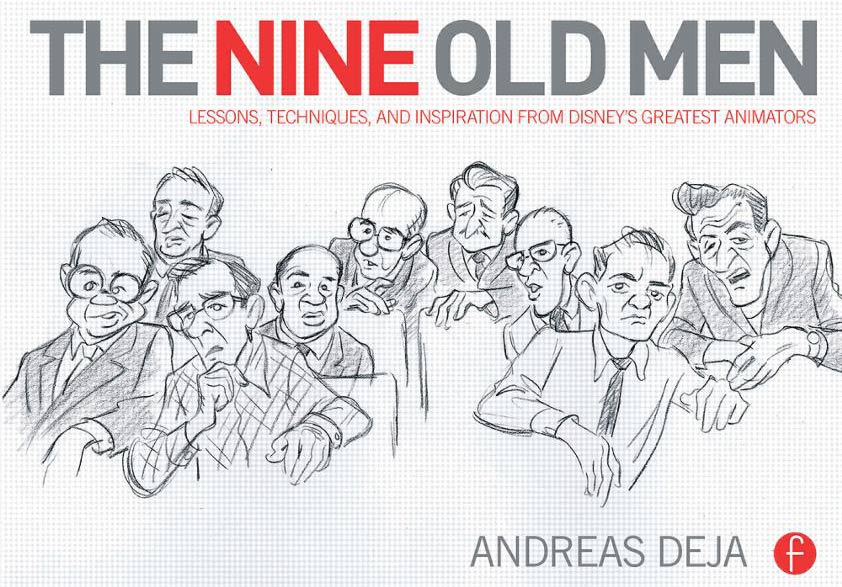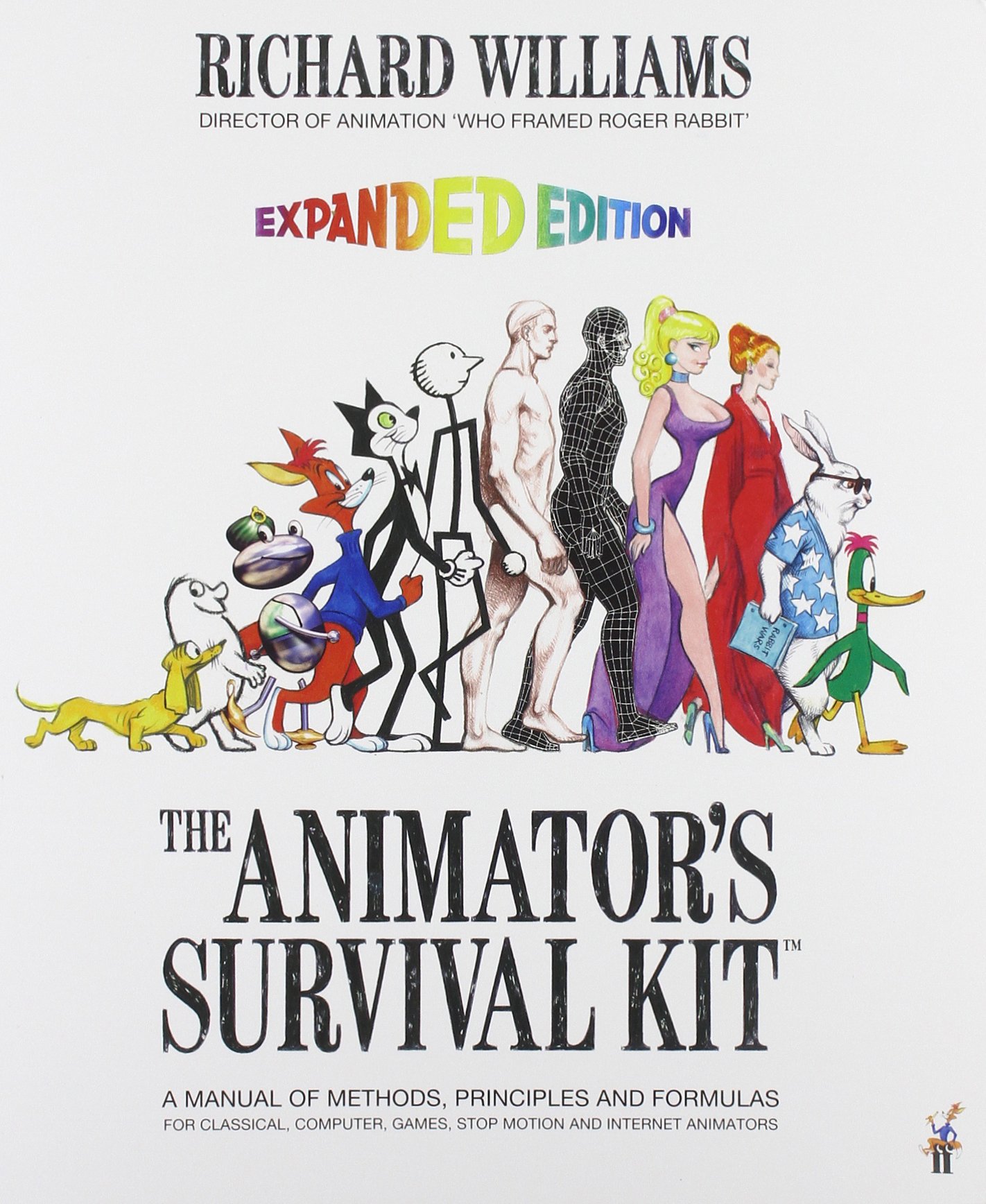I first watched Don Hertzfeldt's compilation of short films,
It's Such a Beautiful Day, nearly a year ago while I was taking another one of Arturo's classes. It was completely on a whim and I needed something to review for our blog. I figured a simple, hour long animation featured on Netflix would give me enough to write about, and it absolutely did to say the least. Since then, I've rewatched it multiple times with family and friends as I tried to share it with as many people as possible. To me,
It's Such a Beautiful Day, is the perfect example of taking advantage of the medium of animation: inserting compelling narration alongside abstract imagery in a seemingly simple but very complex way that makes you think.
Over the Winter break, Hertzfeldt's newest short film,
World of Tomorrow, was added to Netflix's library and I didn't hesitate to press play as soon the title card popped up on my dashboard. This 16-minute animated film shares the same style as his previous works, that being a minimalist art style contrasted by thought provoking narration. Unlike his other shorts however,
World of Tomorrow featured a very Sci-fi theme. The short begins with a little girl, Emily, being contacted by a future version of herself developed through cloning, a futuristic method which they explain greatly in the film but I will omit from this review. The rest of the story revolves around these two versions of Emily touring throughout various scientific advances that seemingly dehumanize the human race with every step, illustrating a very bleak and depressing future.

The dialogue seemed very genuine the first time I watched through it and I was not surprised to find out that the voice of the little girl was actually recorded by a little girl; four year old Winona Mae, Hertzfeldt's niece, to be more specific. What I did find surprising was the fact that Hertzfeld recorded all of his niece's dialogue while drawing pictures with her so all of it was completely improvised. The film was then tailored to match Winona's words, creating a unique experience while making the theme of the short even more impactful.
Overall, I thought this standalone 16-minute film was a strong addition to Don Hertzfeldt's filmography. Unique furtustic-esque ideas and creations are reenforced well by the narrative and brief moments of humor throughout help to alleviate the bleak scenario that unfolds. It would be unfair to compare it to the hour-long,
It's Such a Beautiful Day, based solely on the fact that Hertzfeld didn't have nearly as much time to flesh out the characters and environments, but as a fan, it does leave me wanting more. With an additional 45-minutes, this could have definitely been a masterpiece, but I'm content with the final product nonetheless.










